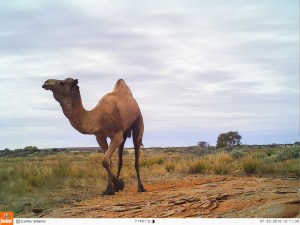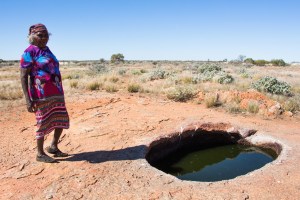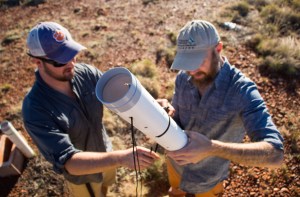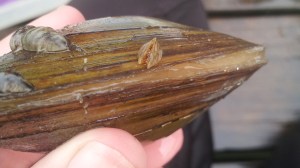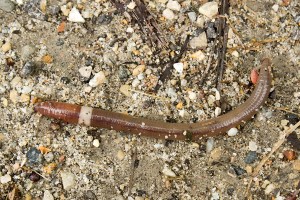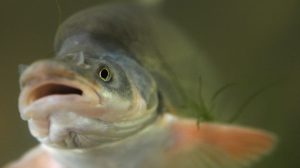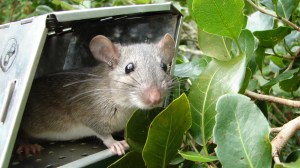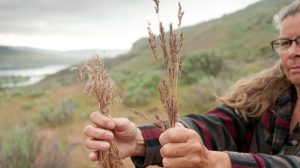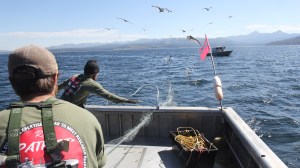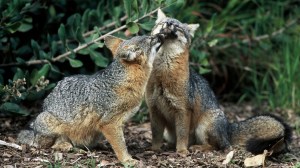Discover stories in Invasive Species
Camera Trapping in the Australian Desert
Watch the best photos and video data from camera traps deep in the Australian desert.
Reclaiming Country: Combining Traditional Knowledge & Science to Care for Desert Waterholes
After decades of absence, the Martu people are returning to their land and reviving cultural practices that care for the country and the desert ecosystem.
Holiday Tips: Don’t Spread Forest Pests with Your Christmas Tree
Your Christmas tree or wreath could harbor forest pests. Here’s how to enjoy holiday traditions without spreading invasive species.
Measuring the Impact of Feral Camels in Australia’s Martu Desert
Conservancy scientist Eddie Game is using remote data loggers to understand the impacts of camels on waterholes in Australia’s remote Martu country.
10 Weird Ways You Could Be Spreading Invasive Species
From artificial Christmas trees to running shoes, we look at some of the ways you could be spreading invasive species.
The Zebra Mussel Hunter
How do you find a fingernail-sized mussel in a large lake? Join us for an invasive species hunt in Minnesota.
Jumping Worms: The Creepy, Damaging Invasive You Don’t Know
Disturb a jumping worm and it’s like a nightcrawler on steroids. But put aside the creepy factor: jumping worms may be the next big threat to northern forests.
Recovery: Humpback Chubs, New Values and New Hope for Endangered Native Fish
Once fisheries managers advocated that anglers squeeze and kill any native humpback chub they caught. But attitudes, they are a changing.
Recovery: Saving the “Rat” That Isn’t
To know the Key Largo woodrat is to love it – and to want to protect it. But invasive predators pose the biggest threat.
Attacking Invasive Cheatgrass at Its Root
Not much can stop cheatgrass from spreading. That's why scientists are turning to a solution in the soil, a microbe that inhibits the growth of cheatgrass roots, giving native plants a chance to return.
Gillnets in Lake Yellowstone: Can Conservationists Recover Cutthroat Trout in Our First National Park?
When lake trout arrived in Lake Yellowstone, it devastated a native fish and an ecosystem. On the 100th anniversary of the National Park Service, can a heroic effort set things right?
Recovery: America’s Dwarf Fox Gets a Second Chance
Last week, three subspecies of the Channel Islands fox were delisted – the fastest mammal recovery under the Endangered Species Act. Ted Williams has the most in-depth coverage of this conservation milestone.
